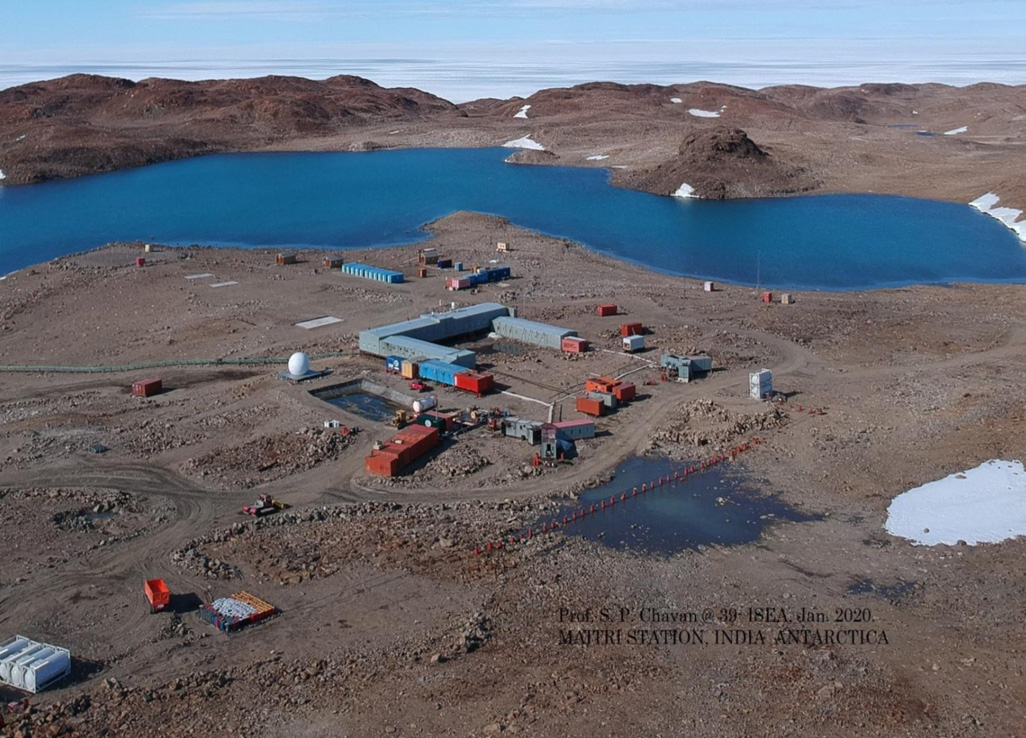Abstract: India is one of the 25 fluorosis endemic countries worldwide. Consumption of water rich in fluoride, especially groundwater, and food with high fluoride content needs to be checked to curb fluorosis.
TO READ THE FULL ARTICLE
Already have an account? Log In
Keep reading with one of these options :
OR
Free
Limited Articles
Create an account
